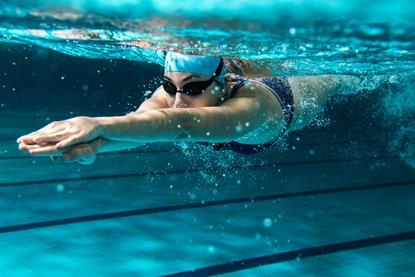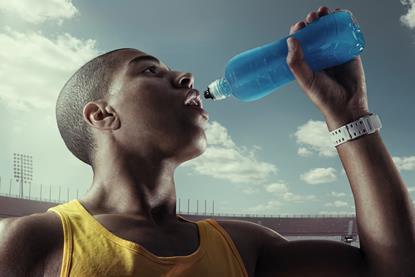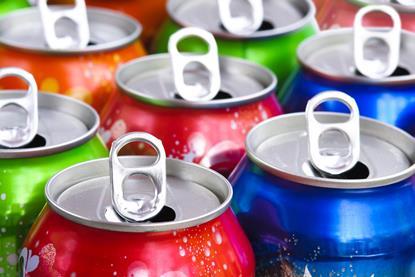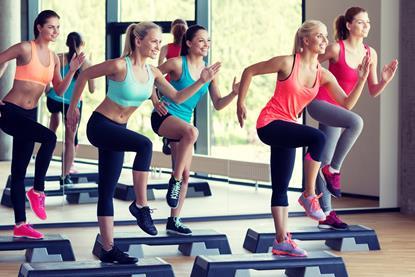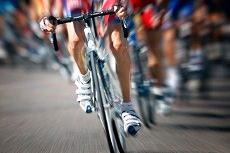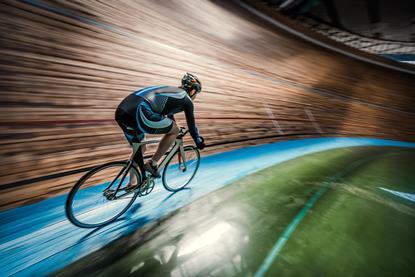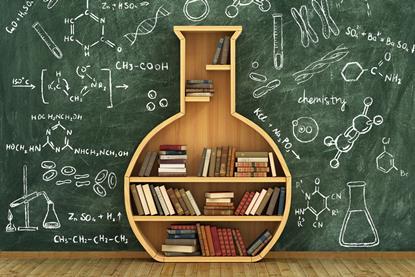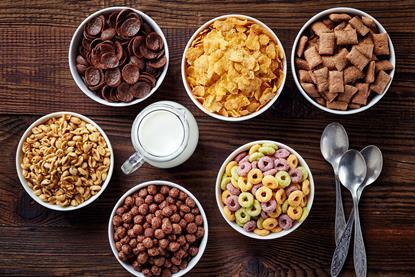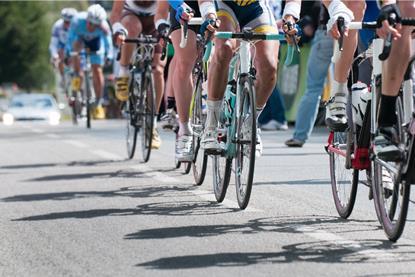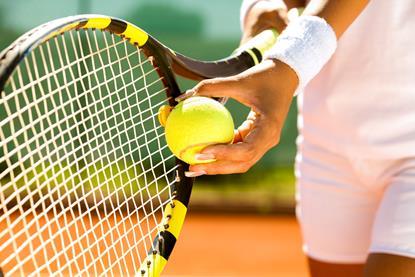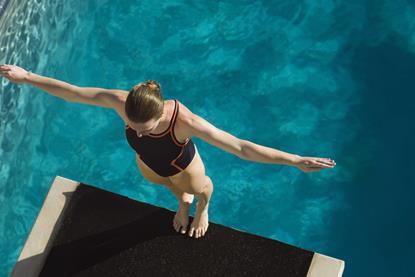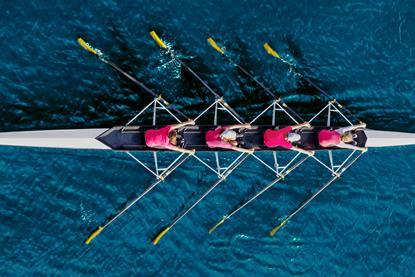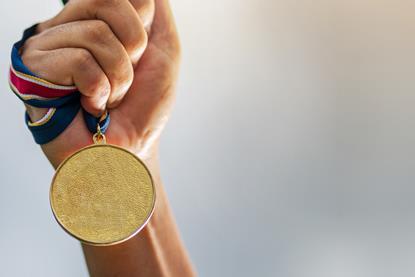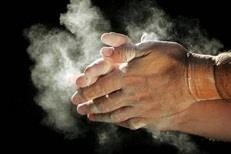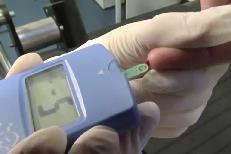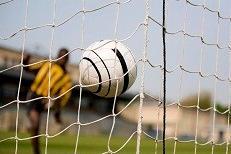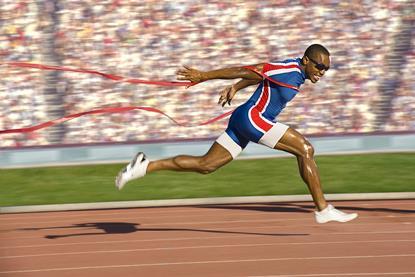- Home
- I am a …
- Resources
- Collections
- Remote teaching support
- Starters for ten
- Screen experiments
- Assessment for learning
- Microscale chemistry
- Faces of chemistry
- Classic chemistry experiments
- Nuffield practical collection
- Anecdotes for chemistry teachers
- Literacy in science teaching
- More …
- Climate change and sustainability
- Alchemy
- On this day in chemistry
- Global experiments
- PhET interactive simulations
- Chemistry vignettes
- Context and problem based learning
- Journal of the month
- Chemistry and art
- Classic chemistry demonstrations
- In search of solutions
- In search of more solutions
- Creative problem-solving in chemistry
- Solar spark
- Chemistry for non-specialists
- Health and safety in higher education
- Analytical chemistry introductions
- Exhibition chemistry
- Introductory maths for higher education
- Commercial skills for chemists
- Kitchen chemistry
- Journals how to guides
- Chemistry in health
- Chemistry in sport
- Chemistry in your cupboard
- Chocolate chemistry
- Adnoddau addysgu cemeg Cymraeg
- The chemistry of fireworks
- Festive chemistry
- Collections
- Education in Chemistry
- Teach Chemistry
- Events
- Teacher PD
- Enrichment
- Our work
- More navigation items
Chemistry in sport
Find out how chemistry is used in sport and how it can help improve athletes’ performances.
Chemistry and Sport - Swimming
Support learners to understand the role of chemistry in swimming this upcoming Olympic season
Chemistry and Sport - Shooting
Discover the chemistry and enthalpy of the exothermic reactions that power sport shooting events.
The chemistry of sports drinks
Learn about the chemistry and science behind sports drinks and the effects on the body. Find out how chemists have contributed to the improvement of athletic performance.
The chemistry of sports and energy drinks
Many people think that energy drinks and sports drinks are the same thing but in fact they work in very different ways.
Chemistry now: chemistry and sport
This deals with the chemistry of aerobic and anaerobic respiration in the context of athletics and looks at how athletes can manipulate the chemistry of this process
Olympic materials Primary
This resource allows primary school students to explore the difference between a natural material and a synthetic material. The Materials used in different sports for the Olympic Games is then explored.
Olympic composites: sports equipment and composite materials
A composite is a mix of two or more materials which often have very different properties. Find out about composites used in sport equipment material.
Olympic materials: technology and sports equipment
These resources allow students to explore how changes in materials technology can bring about changes to sporting equipment.
Chemistry in our community
Ready-made Careers Presentations: Chemistry in our community
Extracting iron from breakfast cereal
Try this class practical or demonstration to extract food-grade iron from breakfast cereals using neodymium magnets. Includes kit list and safety instructions.
Energy content in foods
Try this class experiment to investigate how much energy different foods contain. Includes kit list and safety instructions.
Chemistry at the races book
This book looks into detecting drugs in race horses using various different analytical techniques and drug metabolism.
Olympic composites (primary level)
Find out what composites are made up of and why they are so important sporting equipment for the Olympics.
The role of technology in sporting performance
Learn about how science engineering technology has developed sport and increase performance for athletes in ‘technology-driven’ sports
Chemistry and Sport - diving
Gravity - the enemy of the high-jumper, and the diver’s friend. Find out how the sport of diving relies on gravity, and why a diver seems lighter in water than on land.
Water sports and solutions
Life is in aqueous solution - and so is much of sport. Find out why the properties of water are vital to the sports men and women who compete in, on, and around water.
Olympic Medals
Explore the history of the Olympic medals, what they represent, and their chemical properties.
The Wonders of the Olympic Torch
Learn about the history and design of the Olympic torch and the journey it takes to the Olympics opening ceremony.
Chemistry and Sport - weightlifting
Find out why chalk is as important in weightlifting as it is in tennis, rock climbing, and even fire-fighting.
Faces of Chemistry – Biosensors
Find out how scientists at the material science laboratory, QMUL, develop biosensors to enhance sport performance.
Chemistry and Sport - football
Materials chemistry has revolutionised the game of football and given us the balls, gloves, and goalposts we play with.
Chemistry and Sport - Athletics: 400m
Discover the chemistry behind one of the toughest athletic events - the 400m race.












